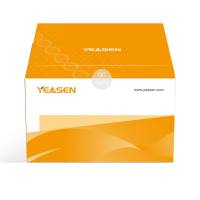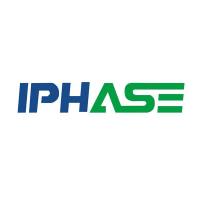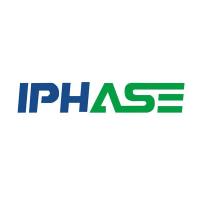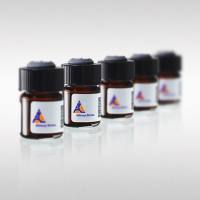Recombinant Baculovirus Isolation
互联网
680
Although there are several different methods available of making recombinant baculovirus expression vectors (reviewed in Chapter 3), all require a stage in which insect cells are transfected with either the virus genome alone (Bac-to-Bac� or BaculoDirect™, Invitrogen) or virus genome and transfer vector. In the latter case, this allows the natural process of homologous recombination to transfer the foreign gene, under control of the polyhedrin or other baculovirus gene promoter, from the transfer vector to the virus genome to create the recombinant virus. Additionally, many systems require a plaque-assay to separate parental and recombinant virus prior to amplification and use of the recombinant virus. This chapter provides an overview of the historical development of increasingly more efficient systems for the isolation of recombinant baculoviruses (Chapter 3 provides a full account of the different systems and transfer vectors available). The practical details cover: transfection of insect cells with either virus DNA or virus DNA and plasmid transfer vector; a reliable plaque-assay method that can be used to separate recombinant virus from parental (nonrecombinant) virus where this is necessary; methods for the small-scale amplification of recombinant virus; and subsequent titration by plaque-assay. Methods unique to the Bac-to-Bac system are also covered and include the transformation of bacterial cells and isolation of bacmid DNA ready for transfection of insect cells.









